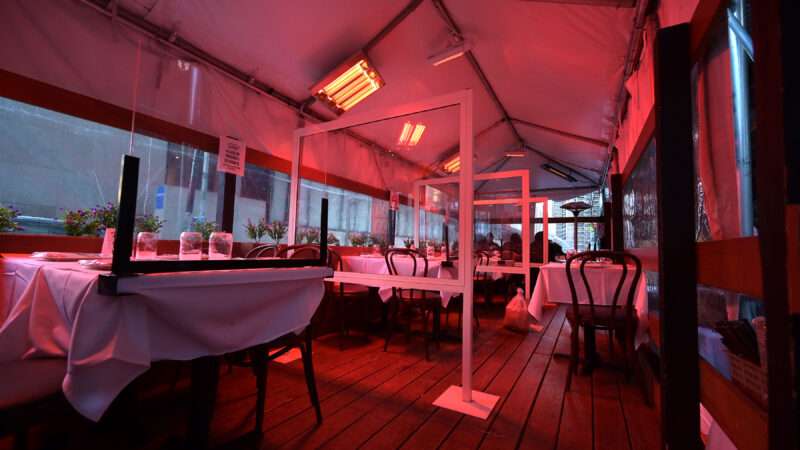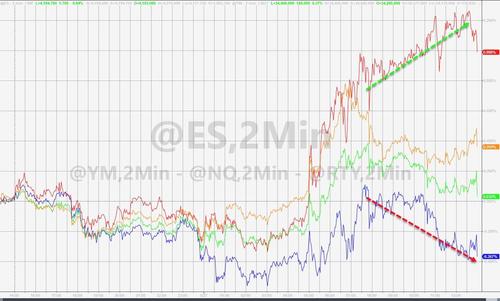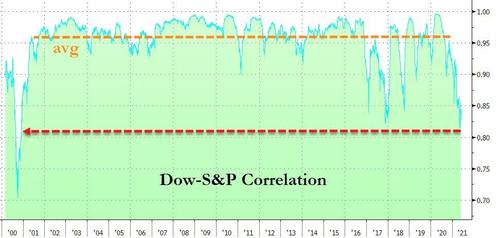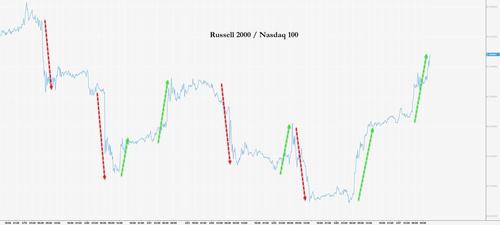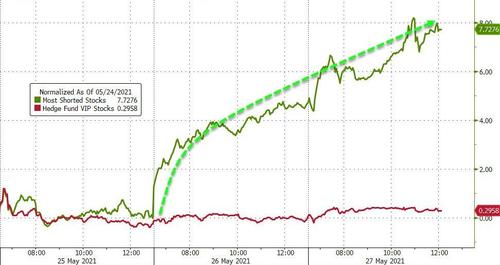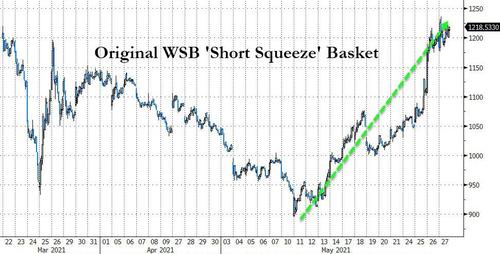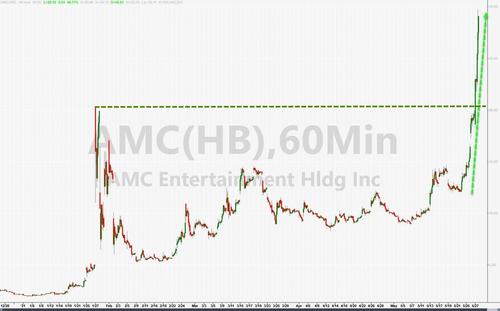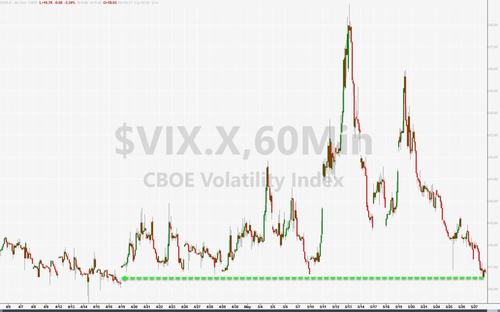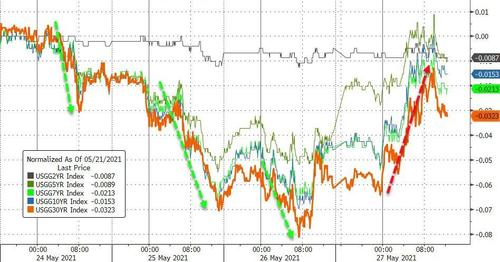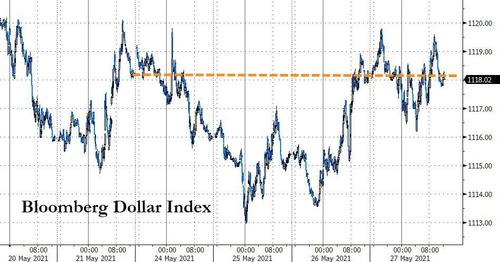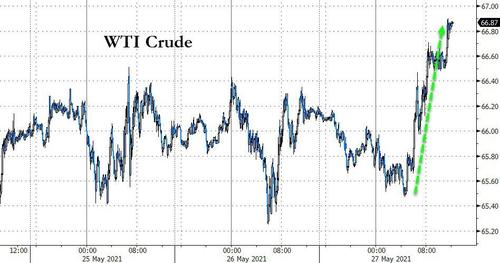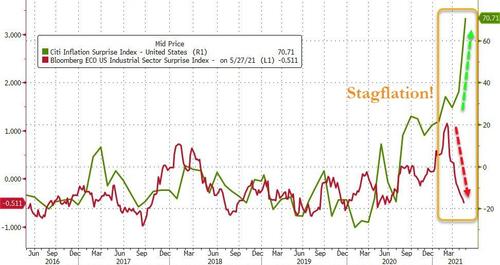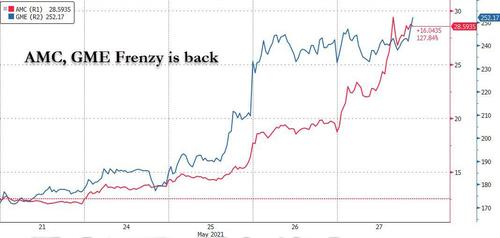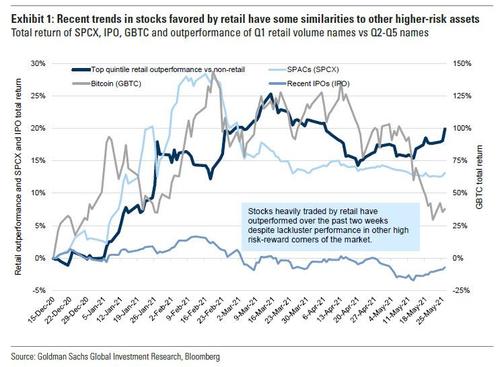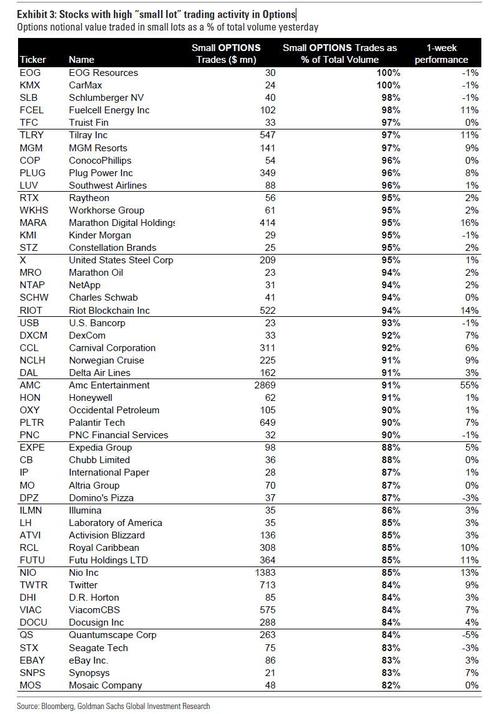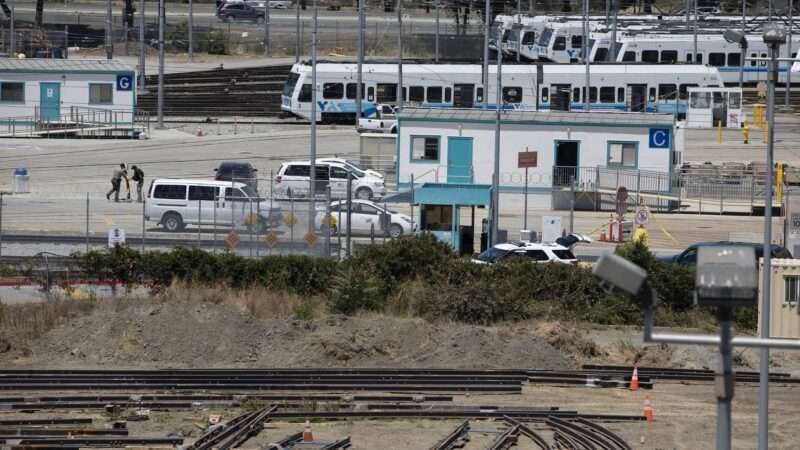People who worked with the perpetrator of yesterday’s mass shooting in San Jose expressed “generalized concerns about his mental health,” according to Mayor Sam Liccardo. The man’s ex-wife, who had not interacted with him for 13 years, recalled that he was “not mentally stable,” often expressed anger at his bosses and co-workers, and even talked about killing them. His former girlfriend, who accused him of “forc[ing] himself on me sexually” when he was intoxicated, said he had mood swings that were exacerbated by alcohol. A neighbor described him as short-tempered, saying, “I was afraid of him. My wife was scared of him too.”
The shooter apparently set his house on fire before killing nine fellow employees and himself at a San Clara Valley Transportation Authority maintenance facility. He seems like just the sort of person who was supposed to be stymied by a “gun violence restraining order” (GVRO) under California’s expansive “red flag” law, which would have forbidden him to possess firearms or ammunition for up to five years. That law, which was inspired by the 2014 massacre in Isla Vista, was presented as a way of preventing crimes like this.
The fact that the red flag did not stop the San Jose attack, or the other mass shootings that California has seen since the law took effect, highlights the limitations of this crime prevention strategy. The same could be said of California’s other gun controls, which include bans on “assault weapons” and magazines that hold more than 10 rounds, universal background checks and waiting periods for gun buyers, and a virtual ban on public carry. The expectation that such measures will prevent mass shootings shows how the focus on one rare type of violence distorts the debate about gun control.
A few weeks before the San Jose massacre, Assemblymember Phil Ting (D–San Francisco), who wrote a 2020 bill that expanded California’s red flag law, released data showing that a record number of GVROs were issued last year. The annual number of orders rose 15-fold between 2016 and 2020, from 85 to 1,285. All told, more than 3,000 GVROs have been approved since the red flag law took effect at the beginning of 2016.
“I’m glad that Californians have a tool to intervene to save lives and prevent tragedies,” Ting said in a press release. “The COVID-19 restrictions that kept people home may have influenced the rise,” he told the Los Angeles Times, “making them more mindful of the behaviors of others and open to seeking help from law enforcement or the courts directly.” But as the San Jose shooting shows, such mindfulness is not enough, because it is nearly impossible to predict which of the country’s many angry, aggrieved, and troubled residents will commit this sort of crime.
California allows both police and a long list of other potential petitioners to seek GVROs. That list initially included “any spouse, whether by marriage or not, domestic partner, parent, child, any person related by consanguinity or affinity within the second degree, or any other person who regularly resides in the household, or who, within the prior six months, regularly resided in the household.” Ting’s bill, which took effect in September, added employers, co-workers, and school employees to the list.
The idea behind letting so many people file petitions directly, rather than bringing their concerns or complaints to the police, is that it will make it easier to identify and promptly disarm potentially dangerous individuals. The risk of such a broad approach is that it makes it more likely that people will lose their Second Amendment rights due to malicious or erroneous allegations by biased petitioners. But so far in California, both the benefit and the danger have remained mostly theoretical. Ting’s numbers indicate that law enforcement officials obtained more than 95 percent of the GVROs issued in 2020—all but 59. A review of earlier cases found that nearly 97 percent were initiated by a law enforcement officer.
Police can obtain a “temporary emergency gun violence restraining order,” which lasts up to three weeks, by showing there is “reasonable cause” to believe the respondent “poses an immediate and present danger” to himself or others. Other petitioners can obtain an “ex parte gun violence restraining order” of the same duration by showing there is a “substantial likelihood” that the respondent “poses a significant danger, in the near future,” of injuring himself or others with a firearm.
At this stage, respondent is a misnomer, because the orders are issued without giving the target a chance to respond. He is supposed to get that opportunity at a hearing within 21 days of the initial order (although he has no right to legal representation if he can’t afford it). Among other things, the judge is supposed to consider the respondent’s history of threats or violence, his “abuse of controlled substances or alcohol,” and “any other evidence of an increased risk for violence”—factors that presumably would have weighed against the San Jose shooter.
After the hearing, the judge is required to issue a GVRO if he determines there is “clear and convincing evidence” that the respondent “poses a significant danger” of injuring himself or others. That danger need not be imminent, and it is not clear what “significant” means in this context.
The post-hearing GVRO lasts for one to five years and can be extended if a petitioner requests it. Once a year, the respondent can ask that the order be lifted, which is supposed to happen if there is no longer clear and convincing evidence that he poses “a significant danger.”
In theory, then, the San Jose shooter’s employer, his co-workers, or possibly his ex-girlfriend (if she lived with him during the previous six months) could have sought a GVRO against him, which would have made it illegal for him to possess or purchase firearms or ammunition. Assuming he did not obtain guns from an unmonitored source, such an order could have prevented yesterday’s mass shooting.
That did not happen, which is not really very surprising. After all, mass shooters represent a minuscule percentage of short-tempered, angry, resentful Californians. Those common traits may be seen as harbingers of murderous violence only in retrospect. Even the San Jose shooter’s ex-wife, who was reporting her recollections from more than a decade ago, said she never took him seriously when he talked about killing people at work.
A 2019 study of California’s red flag law described 21 cases in which fear of a mass shooting prompted police or relatives to seek GVROs. In some cases, the evidence was genuinely alarming, while others featured threats that may have been idle or facetious. Judging from “print, broadcast, and Internet media searches using Google,” the researchers said, the respondents in those cases did not subsequently commit any noteworthy violent crimes.
“It is impossible to know whether violence would have occurred had GVROs not been issued, and we make no claim of a causal relationship,” gun violence researcher Garen Wintemute and his co-authors wrote in the Annals of Internal Medicine. “Nonetheless, the cases suggest that this urgent, individualized intervention can play a role in efforts to prevent mass shootings.”
Given the rarity of mass shootings, it seems clear that few, if any, of these 21 GVRO targets had serious plans to commit one. Prior to 2016, when the red flag law took effect, California was seeing an average of about two mass public shootings (defined as incidents in which the shooter killed four or more people in a public place) per year. Since then, there have been at least eight, or an average of about 1.5 a year.
While Assemblymember Ting might see the drop as evidence that the red flag law is working as intended, it would be risky to draw any conclusions at all from trends in such tiny, volatile numbers. Even if GVROs have prevented mass shootings, it probably would not be possible to measure that result with any confidence.
Although red flag laws are commonly touted as a way to stop mass shootings, that is far from their main use. While Ting’s tally does not include information on the motivation for GVROs, data from other states indicate that a large majority of gun confiscation orders are aimed at preventing suicide, not homicide. And even when petitioners allege that someone is a danger to others, the risk of a mass shooting is bound to be infinitesimal, since such crimes account for a tiny share of gun homicides and an even tinier share of unlawful firearm use.
The focus on mass shootings is therefore highly misleading in assessing the costs and benefits of red flag laws. A more relevant question is what percentage of people subject to gun confiscation orders actually would have used a firearm to kill themselves or others. Given the weak due process protections that are typical of red flag laws, that percentage is probably pretty small.
Data from Florida and Maryland indicate that judges nearly always grant ex parte orders. In Florida, judges issue final orders about 95 percent of the time. I have not seen comparable data for California, but its “significant danger” standard is amorphous enough to allow post-hearing orders in almost every case.
Although there is no solid evidence that red flag laws have an impact on homicide rates, a few studies suggest they may prevent suicides. But even those estimates indicate that the vast majority of people disarmed by these laws—90 to 95 percent—were not actually suicidal, or at least not suicidal enough to complete the act.
If you attach no value to the constitutional rights that people lose for the duration of a red flag order, those odds may not bother you. But if you think something important is lost when the government deprives someone of the fundamental right to armed self-defense, your assessment is apt to be different.

from Latest – Reason.com https://ift.tt/3vuHPGb
via IFTTT
